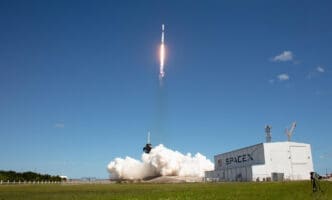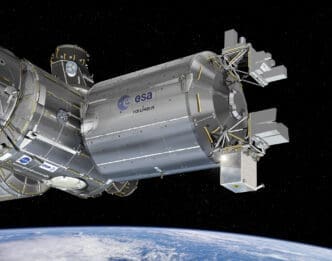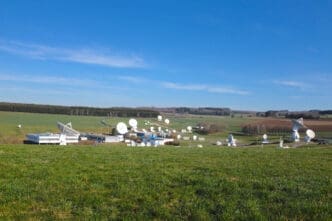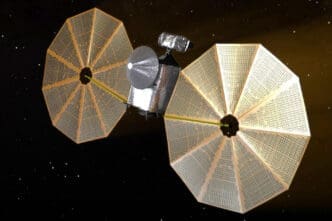Thomas Ozoroski, a dedicated researcher at NASA’s Glenn Research Center in Cleveland, is diligently conducting icing accretion measurements as part of groundbreaking research into the transonic truss-braced wing concept. This innovative project explores the potential for aircraft featuring long, thin wings supported by aerodynamic braces, promising significant fuel savings for airlines. However, these sleek wings might be prone to ice accumulation, presenting a challenge to their practical implementation.
Within the historic Icing Research Tunnel at NASA Glenn, a team of scientists and engineers is rigorously testing this transonic truss-braced wing concept. Their primary objective is to gather essential data that will inform the design and development of these efficient future aircraft. The Icing Research Tunnel at NASA Glenn is uniquely equipped to simulate various icing conditions, allowing researchers to identify potential challenges in new aircraft designs.
These comprehensive tests yield invaluable insights into the dynamics of ice formation on aircraft wings, enabling the identification of the most critical icing conditions that could impact flight safety. Through this meticulous research, NASA aims to ensure that future aircraft designs are both fuel-efficient and resilient to environmental challenges.
For more information about the extensive icing testing conducted at NASA Glenn, visit their website.
Image credit: NASA/Jordan Cochran







